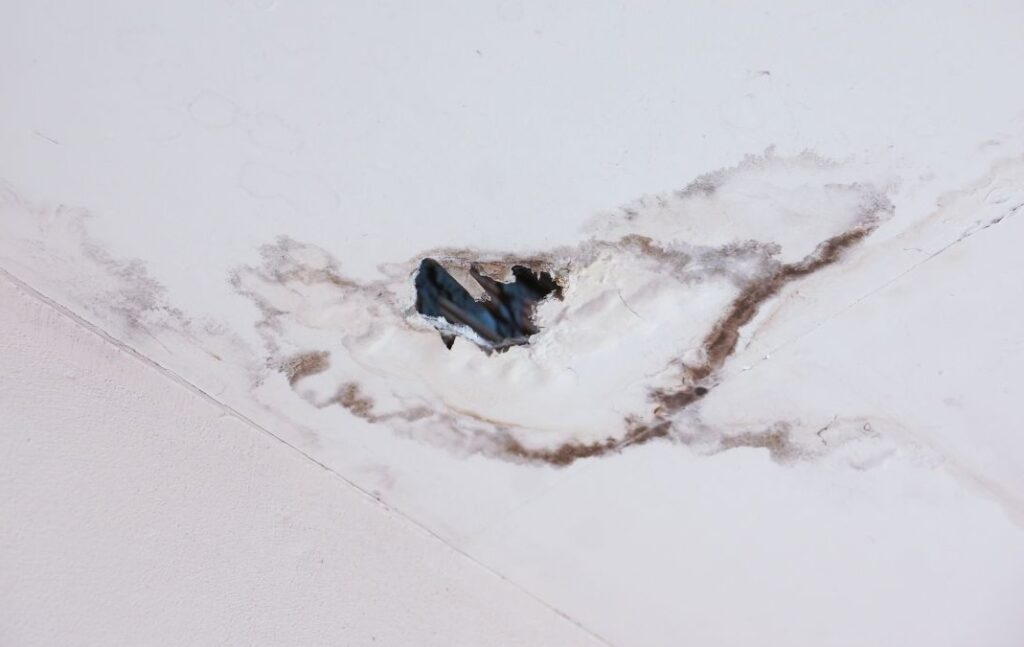Specialist Healthcare Building Flat Roofing Systems
Experts in flat roofing systems for healthcare buildings with over 30 years of experience.
Experts in flat roofing systems for healthcare buildings with over 30 years of experience.














Flat roofing leaks in a healthcare building create serious risks, damaging sensitive equipment and disrupting vital services. Water ingress can compromise hygiene, cause slip hazards and increase repair costs. Regular inspections, timely maintenance and swift repairs are essential to protect patients, staff, and ensure continuity of care in healthcare facilities.
Contact AAC Flat Roofing today for expert solutions that prevent leaks and keep your healthcare building protected.

Healthcare facilities can benefit from sustainable roofing solutions that integrate vegetation with waterproofing layers. These systems enhance insulation, manage rainwater effectively, encourage biodiversity and create restorative rooftop areas that support wellbeing for staff, patients and visitors.
Cold-applied waterproofing systems are well suited to healthcare buildings with complex roof designs. They provide a seamless, flexible finish, are installed quickly with minimal disruption to services and deliver long-term protection, with the option to incorporate rooftop planting where appropriate.
Lightweight membrane roofing systems are ideal for healthcare environments, offering durability, rapid installation and cost efficiency. With minimal maintenance requirements and strong weather resistance, they are especially effective for large flat roof areas.
Book a free site survey with AAC Flat Roofing and benefit from over 30 years of experience in commercial flat roofing.
Our team will assess your healthcare building roof without obligation. Our survey helps identify potential issues early, saving time and cost while ensuring the best solution for long-term protection and performance.
Repeated leaks disrupt patient care, damage sensitive medical equipment and compromise hygiene standards. When fixes no longer hold, full roof replacement is often the only safe option.
Standing water on flat roofs accelerates material decay, increases leak risks and can threaten structural safety, putting both healthcare services and vulnerable patients at risk.
Blisters show trapped moisture and failing adhesion. In healthcare settings this raises risks of leaks, ceiling damage and potential disruption to essential medical operations and services.
Saturated insulation reduces thermal control, increases energy bills and creates damp environments. In hospitals, this affects infection control, comfort for patients and reliable operating conditions.
Cracks expose interiors to leaks, mould and contamination. For healthcare facilities this threatens sterile environments, impacts patient safety and requires urgent, comprehensive roof replacement.
Frequent callouts and patching divert budgets from patient care. For healthcare facilities, replacement ensures long-term protection, cost efficiency and uninterrupted delivery of essential medical services.
A reliable roof protects patients, staff and equipment by preventing leaks and maintaining safe indoor conditions. It also supports hygiene standards, regulates temperature and reduces running costs. Failures in roofing can disrupt vital services, making strong, well-maintained systems essential for healthcare environments where safety and continuity are critical.
Healthcare buildings should have roof inspections at least twice a year, typically in spring and autumn. Inspections should also follow extreme weather events. Regular checks identify damage, drainage issues and wear early, reducing costly repairs and preventing leaks that could disrupt sensitive healthcare operations or compromise patient safety.
Common causes include ageing membranes, poor drainage, cracked surfaces and waterlogged insulation. Heavy foot traffic from maintenance teams and plant installations can also damage the surface. Addressing these problems quickly is vital, as leaks in a hospital setting can affect sterile conditions and cause costly operational disruption.
Yes, leaks or roof damage can lead to closures of wards or treatment areas, damage sensitive equipment and create slip hazards. Infections can also spread if damp and mould develop. Prompt roof maintenance ensures patient care continues without interruption and helps the building remain compliant with healthcare standards.
Most flat roofing systems last 15 to 25 years depending on materials, installation quality and ongoing maintenance. Healthcare facilities often require more durable systems due to the importance of continuity. Regular inspections and preventative maintenance can extend lifespan, but full replacement is best once significant deterioration begins.
A failing roof allows heat to escape and forces cooling systems to work harder. This increases energy bills significantly, especially in large healthcare buildings that operate 24 hours a day. Investing in well-insulated, high-performance roofing systems lowers running costs and creates more comfortable conditions for patients and staff.
we’ll get back to you as soon as possible